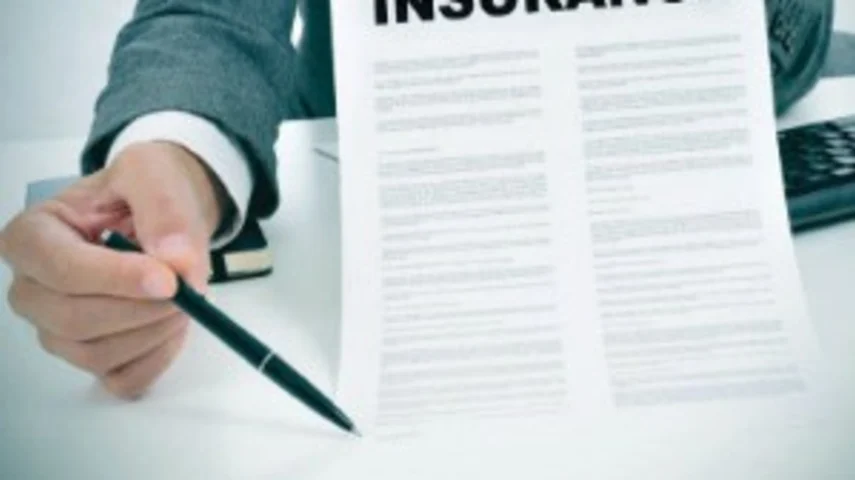Billion-dollar question: how big is the gap?



While nobody knows exactly how big the underinsurance gap is in Australia, the findings of two new research projects by the Investment and FinancialServices Association (IFSA) offer some insights.
The two projects, which focused specifically on income protection and life insurance, were the first of various research projects planned by IFSA’s Protection Gap Working Group as part of its brief to investigate the underinsurance issue.
The ‘Life Insurance Protection Gap — Families with Children’ and ‘Income Protection Gap — Self-employed and Small Business Owners’ studies were conducted by Rice Walker Actuaries in 2005 and 2006 respectively.
The upshot of the life insurance research was that there was a “huge underinsurance gap” in this segment, according to Protection Gap Working Group member Gerard Kerr, also Asteron’s senior risk product manager.
“A broad estimate of the underinsurance gap for parents in Australia with dependent children is in the order of $1.37 billion,” he said.
“While these families should have had roughly 10 times their annual salary in terms of life cover, it was found that the vast majority of them didn’t even have enough cover to last one year.”
For those families with average levels of superannuation death cover only, he added, their cover held was found to represent less than 20 per cent of average needs.”
Kerr said the income protection research found the total income generated by all working Australians was about $441 billion.
“If you assume 75 per cent is the maximum you would cover for that category you would come up with a figure of $330 billion.
So in an ideal world the cover needed is $330 billion, but the research found the gap to be $265 billion.
Kerr added that the income protection project found that 98 per cent of respondents were aware of the key insurance types available to cover death or adversity.
“However, 69 per cent of people in small business did not have income protection at all, and just 25 per cent could maintain their lifestyle for more than six months if they suffered serious illness or disablement.”
A “major surprise” of the research was the finding that 47 per cent of the small business people surveyed were completely unaware that income protection is tax deductible, he added.
“Clearly, we as the Protection Gap Working Group have more work to do as an industry in assisting small business to understand how they can mitigate risk to income.”
Recommended for you
In this episode of Relative Return Insider, host Keith Ford and AMP chief economist Shane Oliver discuss the latest shock consumer price index numbers, which rose to 3.8 per cent in October, as well as the shifting US market and calls for super funds to invest in infrastructure projects.
In this episode of Relative Return Insider, host Keith Ford and AMP chief economist Shane Oliver discuss the Reserve Bank of Australia’s cautious stance in response to persistent inflation, subdued growth prospects, and political shifts affecting the nation’s journey towards net zero emissions.
In this episode of Relative Return, host Laura Dew speaks with Rachel White, head of financial adviser services at Vanguard about how advisers can help Australians to feel confident in retirement.
In this episode of Relative Return Insider, host Keith Ford and AMP deputy chief economist Diana Mousina take a look at the Reserve Bank’s unanimous decision to leave rates on hold on Melbourne Cup Day and whether future cuts are still on the cards.








